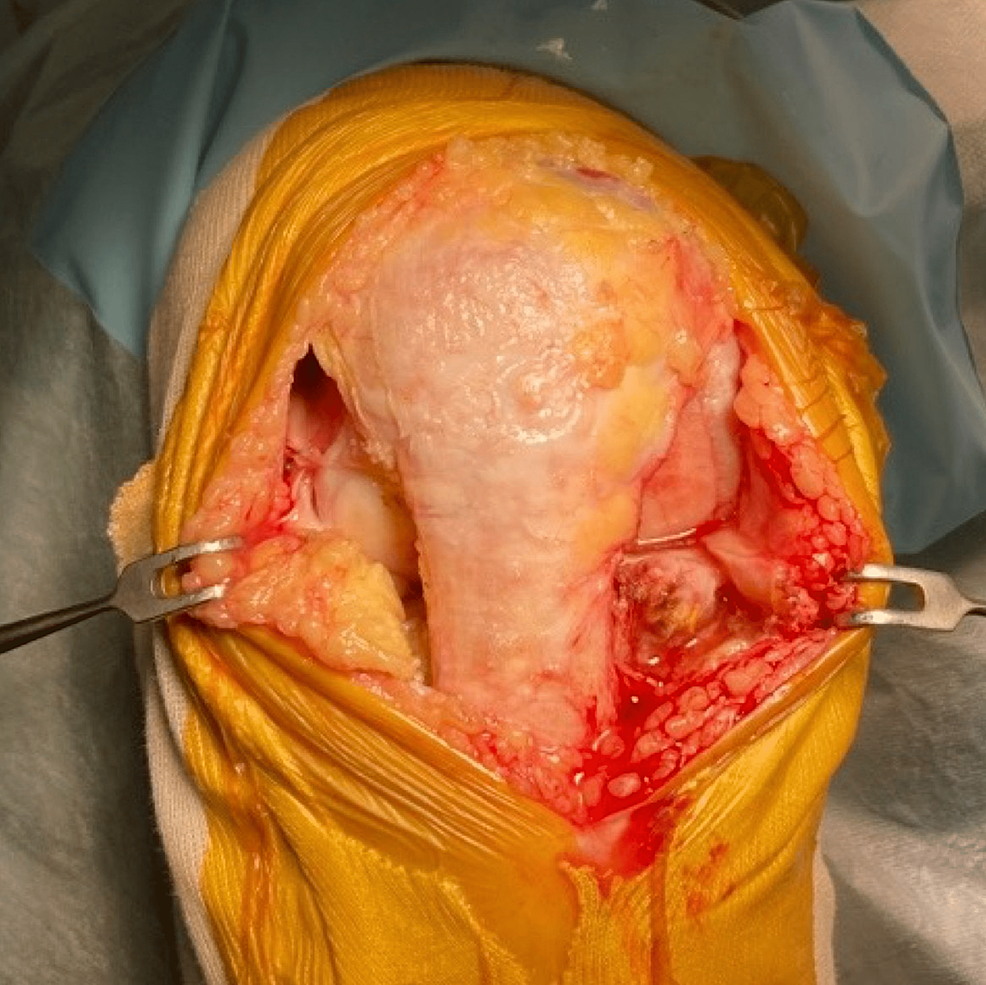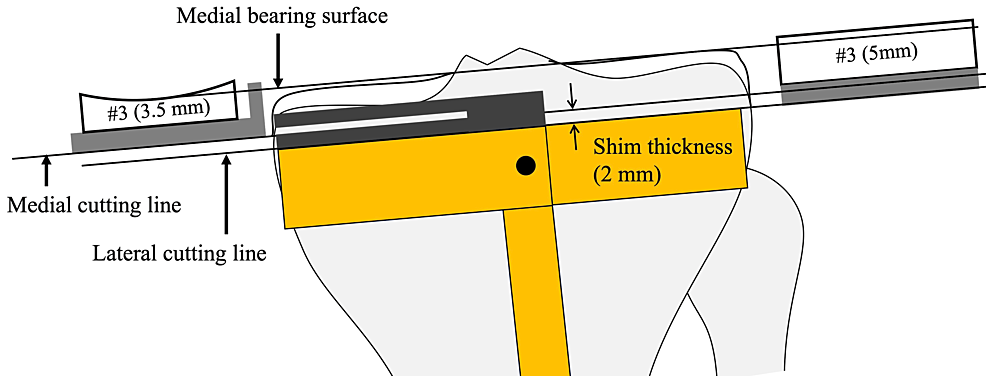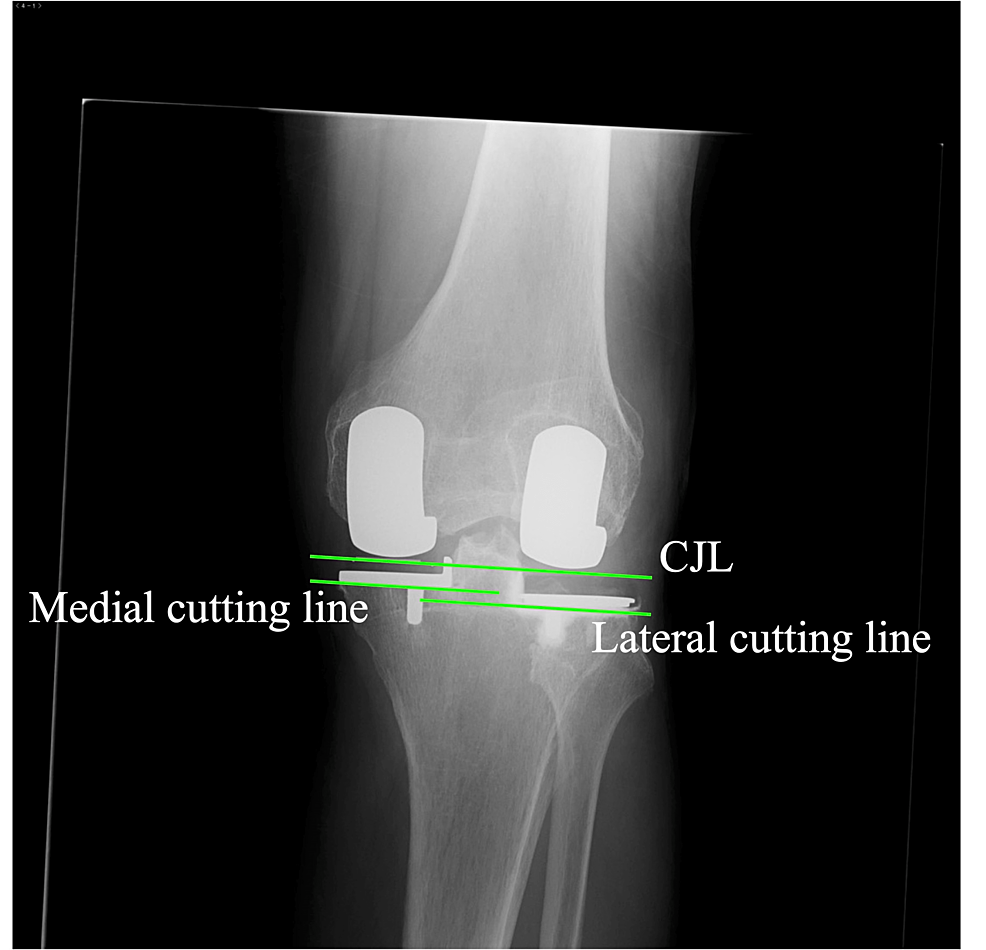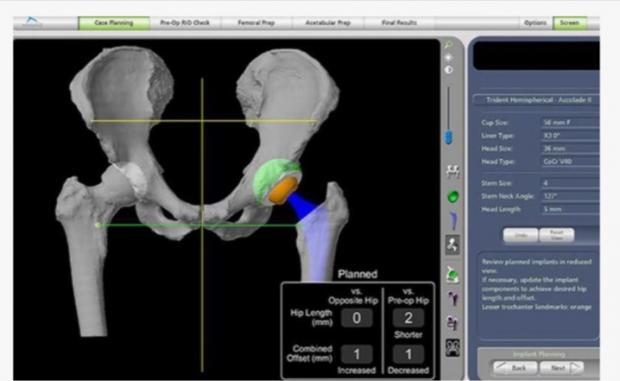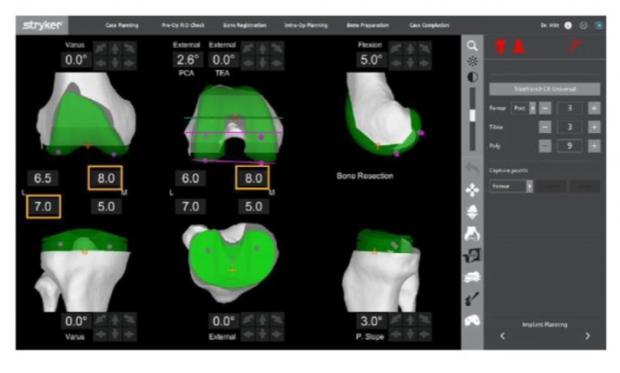While most osteoarthritis patients welcome the pain relief that comes with total knee replacement, some also experience psychological impacts that aren’t so pleasant.
“My leg feels like it’s made of lead,” one patient told a research group led by Andrew Moore, BSc, PhD, of the University of Bristol in England.
“It feels like someone is holding your knees, when you move, it’s like someone is … putting pressure there,” said another. And, said a third: “I know it’s not my knee. It’s an alien knee in there. I don’t really feel connected to it.”
Those were just some of the reactions Moore and colleagues elicited for a study now published in Arthritis Care & Research, meant to explore patients’ thoughts about their artificial implants. They interviewed 34 patients undergoing total knee replacement at two British referral hospitals, asking a semi-structured series of questions about pain and, importantly, other types of discomfort.
The researchers’ goal was to fill what they saw as a major gap in the literature on joint replacement: why some patients say they’re unhappy with the outcome despite reporting less pain and better function.
“Typically, the assessment of patient-reported outcomes after joint replacement focuses on functional outcome and pain relief as the main determinant of satisfaction,” Moore and colleagues explained. “This narrow perspective is compounded by poor definitions of satisfaction after surgery, and there is little research on how and why some patients express dissatisfaction with joint replacement and what they are dissatisfied about.”
Citing a study of hand surgery patients in which patients “spoke about their hand as if it were an object separate from their self,” Moore and colleagues argued that a psychological concept called embodiment could help explain the dissonance.
“Embodiment refers to the experience of the body as both subject and object, such that this idea impacts the way in which a person sees and interacts with the world, and vice versa,” the group wrote. “Embodiment provides a way of understanding how one experiences limits of possible action, a sense of control, and empowerment over physical action.”
Moore and colleagues hadn’t planned to look specifically at embodiment, but, they explained, “by the third interview we noted that some participants described sensations of discomfort such as heaviness or numbness when discussing pain and some described their knee as ‘alien,’ ‘foreign,’ or ‘not part of’ themselves. In response to these findings, the interviewer sought to elicit views about any such sensations in subsequent interviews, if this topic was not broached first by the participant.”
Their study emerged from an earlier one focusing on reasons for avoiding healthcare encounters post-surgery and involved the same participants: patients undergoing total knee replacement at least 1 year and as much as 5 years previously for whom initial screening indicated some degree of lingering pain or discomfort. The semi-structured interview dealt with pain (duration, timing, and other characteristics) as well as how patients managed it. After that third interview, patients who reported feelings of alienation from their implant were asked about it in more detail.
Participants were generally typical of the general knee-replacement population — mostly in their 60 and 70s, and just over half were women. Of the 34 patients, 24 were between 2 and 4 years out from their surgery.
Physical types of non-pain discomfort were commonly reported. These included feelings of numbness and/or heaviness, as well as sensations of pressure applied externally. One man said it felt like the skin over his knee was very tight. Separate from these sensations were reports that the limb no longer felt like a part of them but something foreign like an external prosthesis. Some patients complained that they weren’t always able to control the knee. “That knee just wouldn’t do what it’s told to do,” one told the interviewer.
In a similar vein, another participant said, “If I was to walk across there now and…because [of the dog] on the floor, whereas any normal person would walk along and step over him, I have to stop and think about stepping over him. My knee won’t let me do that.”
Others said they hadn’t regained trust that the knee would work properly. One man said he continues to use a cane, which by normal criteria he shouldn’t need, because of an overwhelming fear of falling.
Overall, according to Moore and colleagues, the reports were very similar to those from amputees discussing their prosthetic limbs. One reason for these reactions may have to do with patients’ lives before the joint replacement, which was often dominated by years of mounting pain and loss of functional ability.
“Presurgical chronic pain, instability, and untrustworthiness might continue to influence [mental] incorporation of the prosthesis afterwards,” the researchers suggested.
And there is a potential clinical implication for the findings: “Our study suggests that the interest for rehabilitation becomes not only strengthening the joint and promoting full recovery to tasks, but also modifying a person’s relationship with the new joint to achieve full incorporation or re-embodiment.”
Programs developed for other conditions, including use of external prosthesis as well as complex regional pain syndromes, may be helpful in this regard, Moore and colleagues offered.
“Our focus should not be on the absence or loss of embodiment,” the researchers added, “but on employing a multidisciplinary approach to using the concept to guide the development of pre-rehabilitative strategies and appropriate outcome measures.”
Disclosures
The research was funded by U.K. government grants. Study authors declared they had no relevant financial interests.

